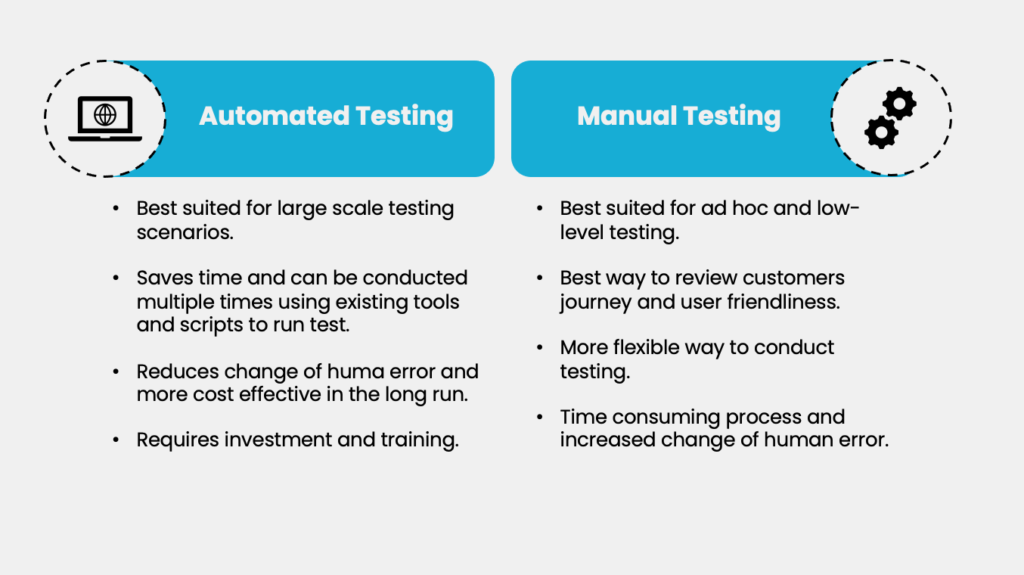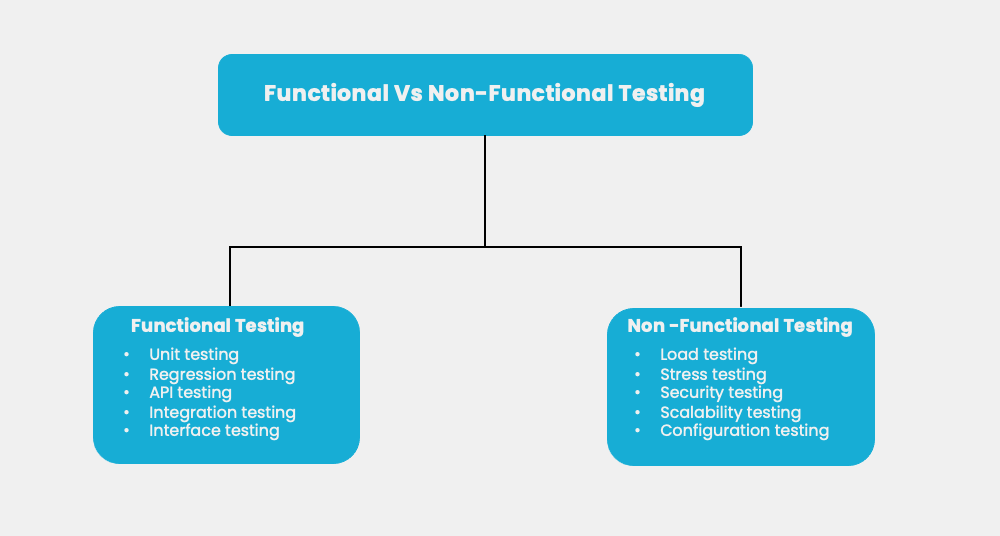1.0 What is a proof of concept?
A proof of concept (PoC) is a theoretical demonstration that determines the feasibility and functionality of a product/solution. Organizations can use PoCs to identify potential technical errors with solutions before deployment, increasing the chances of successful deployment.
2.0 What is synthetic data?
Synthetic data refers to artificially generated data that mimics the patterns and characteristics of real-life data. Synthetic data is generated using machine learning techniques that replicate the properties of real-life data without including any actual data from real-life sources. Using synthetic data enables organizations to reduce the risk of data breaches and unauthorized access to real-life sensitive data
3.0 What is Quality Assurance (QA) testing?
QA testing is a process used within the software development cycle to test the reliability and functionality of software solutions. The main goals of QA testing are to identify any potential bugs or issues in the software and address/fix them before deployment to end-user, allowing organizations to improve effectiveness and reduce errors.
4.0 Automated vs Manual testing: What is the difference?
Both manual and automated testing can be used to test software and are suitable for different areas of the software development cycle.
Automated Testing: Automated testing is typically an approach used by software testers to speed up the testing process by using a range of automated testing tools and scripts. Automated testing is an efficient way for organizations to test software. It is best suited for testing large-scale software solutions that require multiple tests and continuous feedback.
Manual Testing: Manual testing is when a software solution is used in a real-life manner with a human performing test on each stage without any test scripts. Manual testing is best for performing ad-hoc tests and tests at the early stages of development as this creates more flexibility.
Organizations should use a 50/50 approach to achieve optimal results in their software testing projects.

5.0 Functional vs Non-functional testing
Functional Testing: Functional testing focuses on evaluating the individual components and features of a software application. It involves testing functionality, such as input validation, data manipulation, and output generation, to ensure that the application meets the set-out goals and expectations. Functional testing primarily focuses on the main functionality and delivery of software solutions.
Non-Functional Testing: Non-functional testing test software solutions beyond their basic functions and outcomes. This type of testing evaluates qualities such as performance, reliability, security, usability, and scalability. Non-functional testing measures how the software performs under different conditions and how it meets criteria such as stability and user experience.


